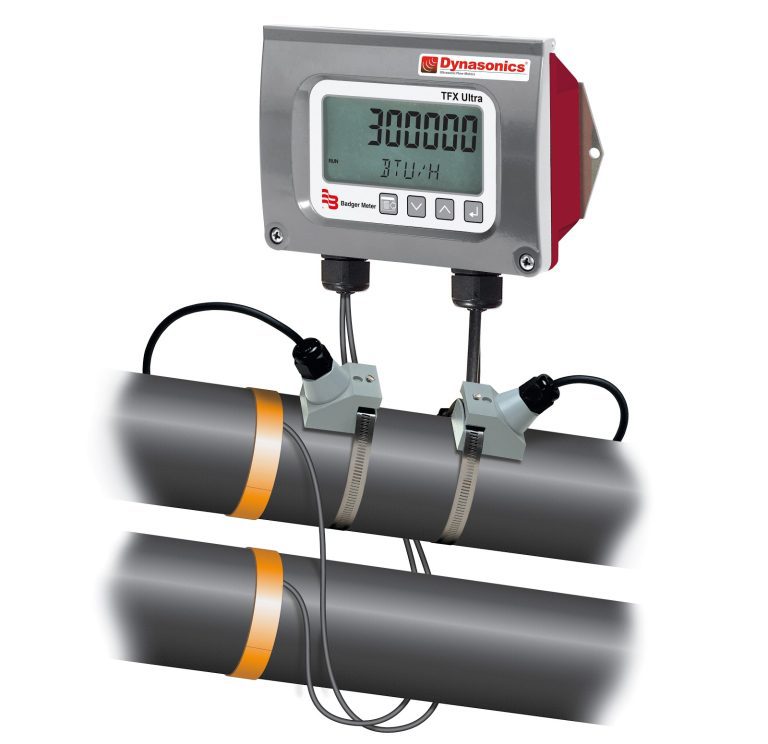2 July 2016 – by Geoff Manaugh SimCity it ain’t. Soviet City takes city-building simulations in an interesting, if slightly ominous, new direction. Updating SimCity for an era of militant sleeper cells, colour-co-ordinated terror warnings and anonymised civilian unrest, the game’s ultimate goal is not to protect its virtual citizenry from harm, but rather to maintain an acceptable level of unease. If the game’s eponymous city becomes too safe, the player’s job will be at risk, an administrative role made redundant. Yet if things utterly fall apart, the player – not to mention their digital population – will lose. The incentives in Soviet City, which reward an ethically dubious stalemate between safety and disorder, freedom and repression, have interesting implications for how we understand and model cities in the first place.
Simulations can change how we think about the real world. What we choose to include – and omit – says much about our biases and preconceptions. And Soviet City reveals more about what really goes into urban planning and management than most
city sims.
In an essay about the game’s approach to architecture, games writer David Rudin argues that Soviet City straddles two competing images of the Soviet-era metropolis. It neither resorts to the clichés of so-called ruin porn by basking in scenes of dereliction and architectural abandonment for their own sake, nor does it fall prey to a lazy romanticising of a communist utopia that
never was.
Instead, Soviet City repackages the idealism of central planning with a strong undercurrent of insurgency to instigate a carefully engineered political stasis. As a player, your goal is purgatory, not paradise.
“You play as a central planner tasked with keeping the populace in line and the government’s five-year plans on track,” Rudin writes. But unlike SimCity, say, becoming mayor of a perfect metropolis is not the aim. “A certain amount of volatility is desirable. Your goals as a planner are not perfectly aligned with those of your citizens or your overlords.”
A critique of a game might at first seem like a trivial way to arrive at this observation, but Soviet City reveals something intriguing: what we choose to include in our models and incentivise in our urban simulations is an inherently political act.
Indeed, every city is a tissue of competing interests. The police, artists, entrepreneurs, renters, families, students: from the perspective of each group, any city succeeds or fails for reasons that are often in direct conflict with another group’s needs or expectations. In this sense, any city is already a game, as a strategic landscape navigated using tactics directed towards particular goals.
All the content from this weekís magazine, including this article, is available in the new app.
Hidden within these observations is the idea that modelling the behaviour and expectations of different, often competing groups – that is, treating the city as if it were a game – can reveal new and more effective ways to govern. Far from a distracting or frivolous way to spend time, urban simulation games are in fact valuable tools for anticipating future conflicts of interest, impending moral risks, and even crises of infrastructure. Governing is gaming, we might say.
SimCity remains the go-to reference for all urban simulation games. First released in 1989, the title has also become popular shorthand for particularly detailed acts of urban planning. When ambitious tweaks to a city’s budget are announced or aggressive alterations to its policing strategy enacted, it is not uncommon to hear that the authorities are playing SimCity with people’s lives.
Every simulation betrays the biases and interests of the people who create it. This point was made amusingly clear when I spoke to SimCity designer Stone Librande in 2013, after the release of the most recent iteration in the series. According to Librande, the original idea was to model real cities. But he says: “We quickly realised there were way too many parking lots in the real world and that our game was going to be really boring if it was proportional in terms of parking lots.” So car parks were cut. Creating an enjoyable game was just not compatible with modern parking requirements.
Soviet City, however, not only goes out of its way to include things that other sims leave aside – such as terrorist cells and organised crime – but encourages players to manage such things with an openly dubious sense of compromised morality. The simulation deliberately steps away from any sort of utopian promise into something darker and less alluring. And with this off-the-shelf dystopianism, the game becomes far more realistic.
Soviet City has much in common with the game Prison Architect, which developer Introversion Software describes as “an enthralling tale of corruption and human misery set against the background of the modern prison industrial complex”.
Prison Architect grew out of the abandoned city-simulation game Subversion, evolving into a peculiar fantasy land of endless incarceration and workplace logistics. But here, too, we butt up against what the game does not represent. As games critic Will Partin writes for website Kill Screen, Prison Architect offers no insights into the role of race in the US criminal justice system, nor how ethnicity might play out in the complex power struggles between prisoners, other prisoners, and
their guards.
These omissions are instructive precisely for the things they reveal about what we prioritise in our urban models, with implications that reveal first-hand the moral complications of urban governance.
Perhaps, then, city-simulation games are important less for their entertainment value and more for being, in a sense, as real as real life: not everyone can win.
Source link








